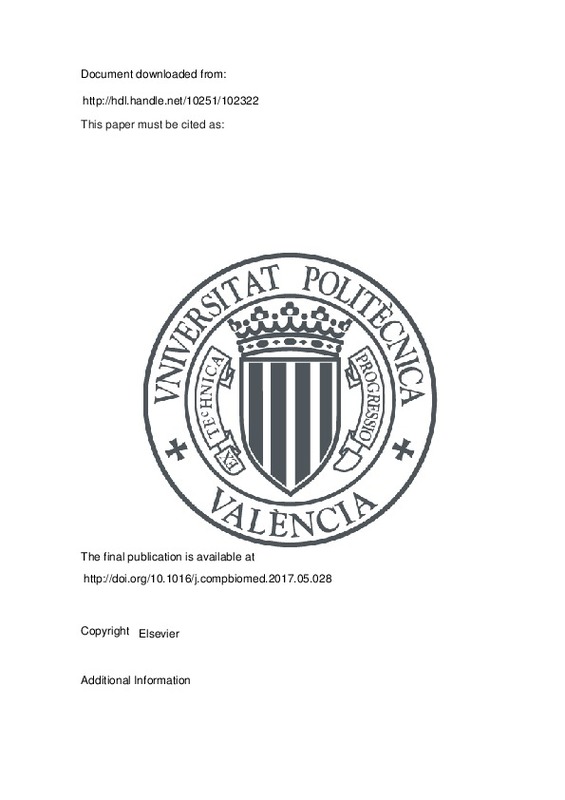JavaScript is disabled for your browser. Some features of this site may not work without it.
Buscar en RiuNet
Listar
Mi cuenta
Estadísticas
Ayuda RiuNet
Admin. UPV
Noisy EEG signals classification based on entropy metrics. Performance assessment using first and second generation statistics
Mostrar el registro completo del ítem
Cuesta Frau, D.; Miró Martínez, P.; Jordán Núñez, J.; Oltra Crespo, S.; Molina Picó, A. (2017). Noisy EEG signals classification based on entropy metrics. Performance assessment using first and second generation statistics. Computers in Biology and Medicine. 87:141-151. doi:10.1016/j.compbiomed.2017.05.028
Por favor, use este identificador para citar o enlazar este ítem: http://hdl.handle.net/10251/102322







![[Cerrado]](/themes/UPV/images/candado.png)


